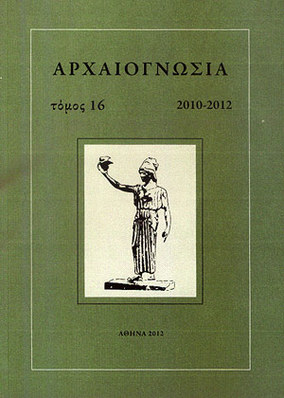Οι υδρογεωλογικές γνώσεις των αρχαίων όπως συμπεραίνονται από τα αρχαία φρέατα ανατολικά του Υμηττού
Part of : Αρχαιογνωσία ; Vol.11, No.1-2, 2001, pages 195-204
Issue:
Pages:
195-204
Parallel Title:
Hydrogeological knowledge of the ancient Greeks : Observations and conclusions from ancient water wells on eastern mt Hymettus
Section Title:
Μελέτες-Articles
Author:
Abstract:
The coverage of local water needs in the ancient times was achieved through a series of water works, the nature and form of which were determined by the prevailing hydrogeological conditions: these were perfectly known to the constructors. In loose material (alluvium and regolith), well walls were retained by simple stone masonry. In particular cases, where there was rainfall-induced temporary surficial water accumulation that could damage well walls, special attention was paid and the walls were cemented throughout the unsaturated zone. In areas of relatively high morphological gradient, a downslope shaft was dug from the well. This sub-horizontal shaft met the ground surface and an artificial spring was produced. All wells were cylindrical from the ground surface down to the water table (unsaturated zone); well radius was about 1 m. Within the aquifer the shape of the well was elliptical (ovoidal), leading to increased storage capacity and wall stability.
Subject:
Subject (LC):
Keywords:
ύδρευση, Αττική, γεωλογία




